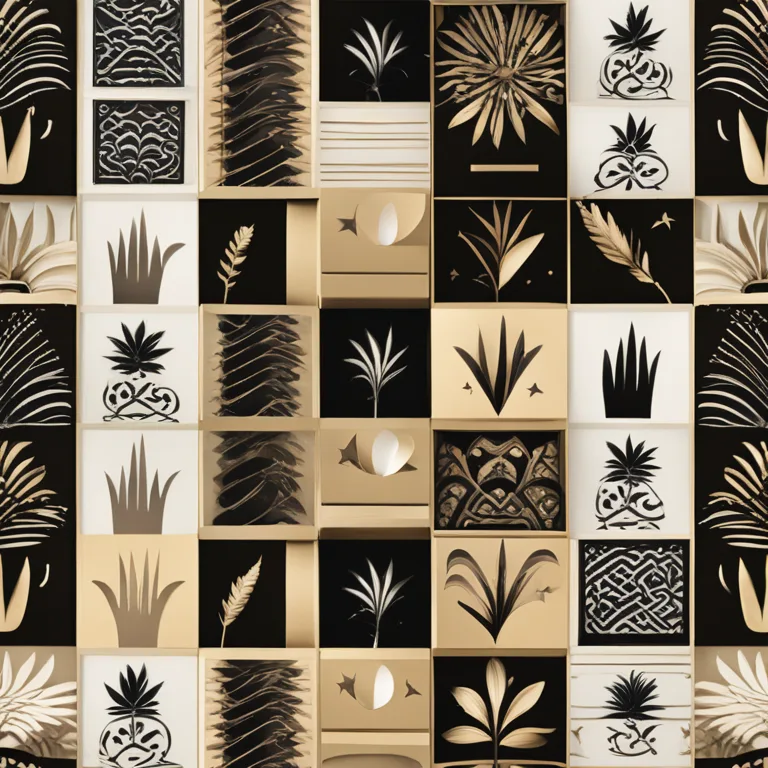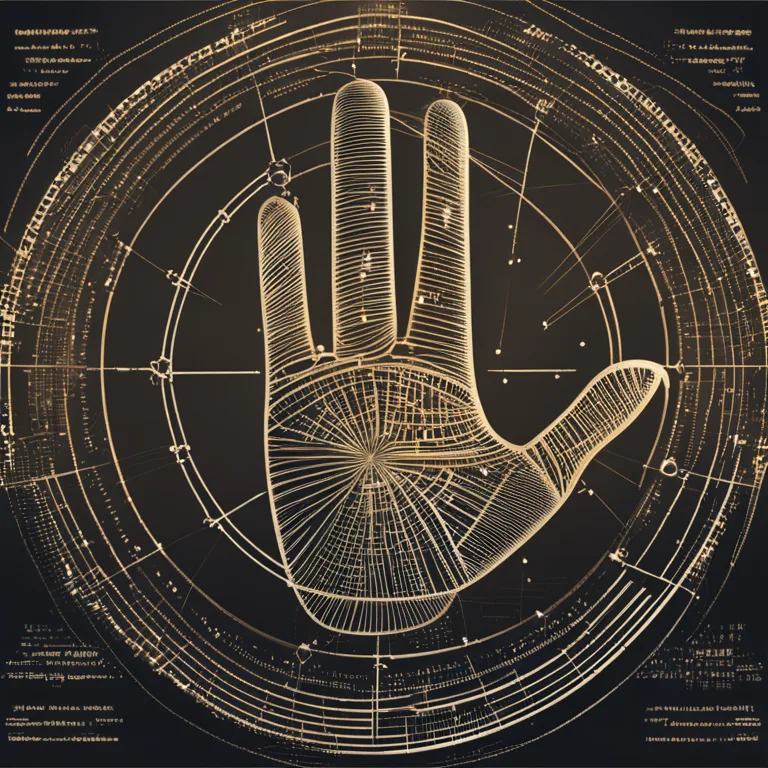
The Essence of Palmistry: A Modern Guide
Delve into the modern practice of Palmistry: understanding the lines and shapes of your hands to reveal insights about your personality and future.
article by Nora Pennington
An Introduction to Palmistry
As an art and science with ancient roots, palmistry has endured through centuries, evolving alongside human curiosity about the self and fate. Today, in 2024, palmistry stands as a fusion of traditional wisdom and contemporary understanding of human psychology. It's a tool for introspection and personal development, shedding light on one's character, potential life paths, and innate tendencies through the study of palms — the lines, shapes, and mounts that narrate an individual's story without a single spoken word. Palmistry is no magic trick but an interpretative skill, honing in on the belief that our hands hold the blueprint of our lives.

The Lines of Your Life
In palmistry, much attention is dedicated to the lines crisscrossing one's palm. Major lines include the heart line, head line, life line, and fate line, each corresponding to different aspects of existence—emotional experiences, intellectual well-being, life vitality, and destiny's meanderings. For the contemporary palmist, these lines are symbolic, interacting with each other in ways that narrate a person's complexities. It is believed that the deeper or more prominent the line, the more pronounced its associated attributes are in the person's life.

Mounts and Their Meanings
Beyond lines, the mounts of the hand—fleshy pads beneath the fingers and palm—offer insight into a person's unique traits. Named after celestial bodies, each mount is associated with attributes akin to its mythological counterpart, such as the Mount of Venus relating to love and the Mount of Jupiter showcasing leadership. In modern palmistry, we understand these mounts to be indicative rather than deterministic, as they provide a guide to potential strengths and challenges one may face.

Finger Shapes and Palmistry
Not to be overlooked, the shape of fingers and fingernails also holds significance in palmistry. Varying lengths and styles of fingers suggest different personality traits, such as creativity or logic. The smoothness or knottiness of joints may speak to the complexity or straightforwardness of an individual's approach to life. Today, with advances in genetics and psychology, we recognize that such physical features could be influenced by both inheritance and environment, amplifying the multi-layered nature of palm reading.

Timing and Palmistry's Relevance
Critics may dismiss palmistry as a practice without scientific grounding; however, its proponents see it as a symbolic language. Timing in the lines, for instance, can suggest periods of change or stability and is often approached with a flexible and metaphorical mindset. Even now, in a technologically advanced age, the allure of palmistry lies in its ability to spark conversation and reflection about an individual's life narrative and personal growth journey.
The Ethical Practice of Palmistry
The ethical palmist approaches their craft with care and responsibility, especially in an era where personal data is precious. Clear boundaries are maintained, with the emphasis on empowerment rather than deterministic predictions. A reading should offer insight while encouraging agency and self-determined paths. As such, modern palmistry aligns with a broader movement toward mindfulness and self-awareness, offering a unique perspective on the perennial question of who we are and where we are going.
Published: 1/3/2024
Modified: 1/4/2024
More predictions
Come back here soon to learn more about yourself and your future


The Secrets of Palmistry Travel Lines
Discover the meanings behind the travel lines on your palms and how they may hint at your journey through life.


Accuracy in Divination: Palmistry vs. Astrology
Explore the relative accuracy of palmistry and astrology in predicting the future and revealing personal traits in this insightful comparison article.


Palm Lines and Love Connections
Delve into the fascinating world of palmistry and discover how your palms may hold the secrets to love and relationships.